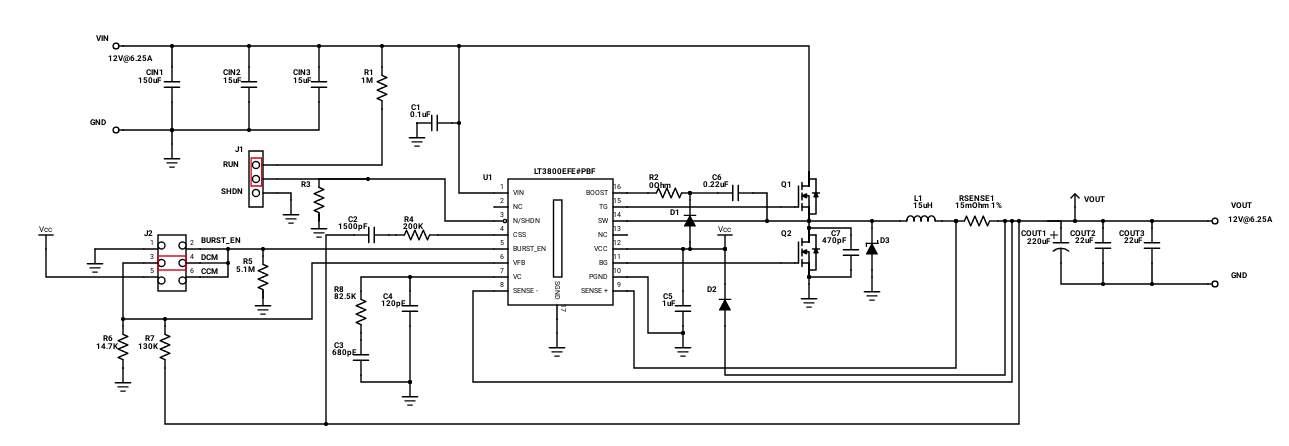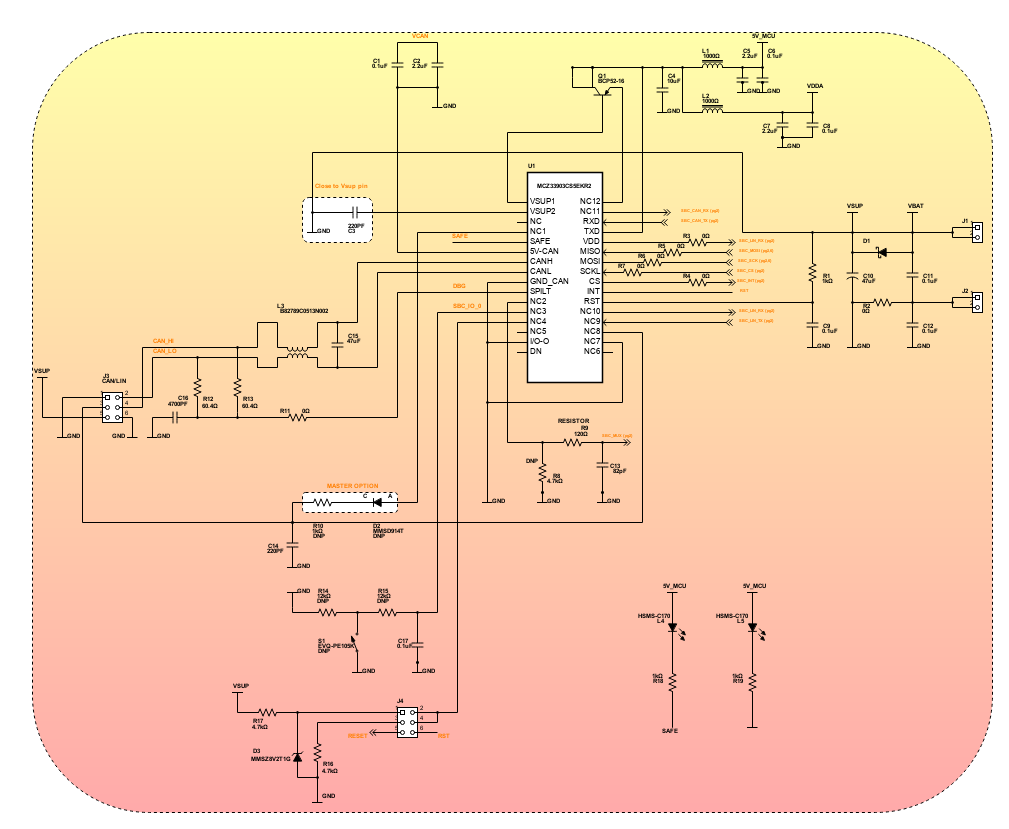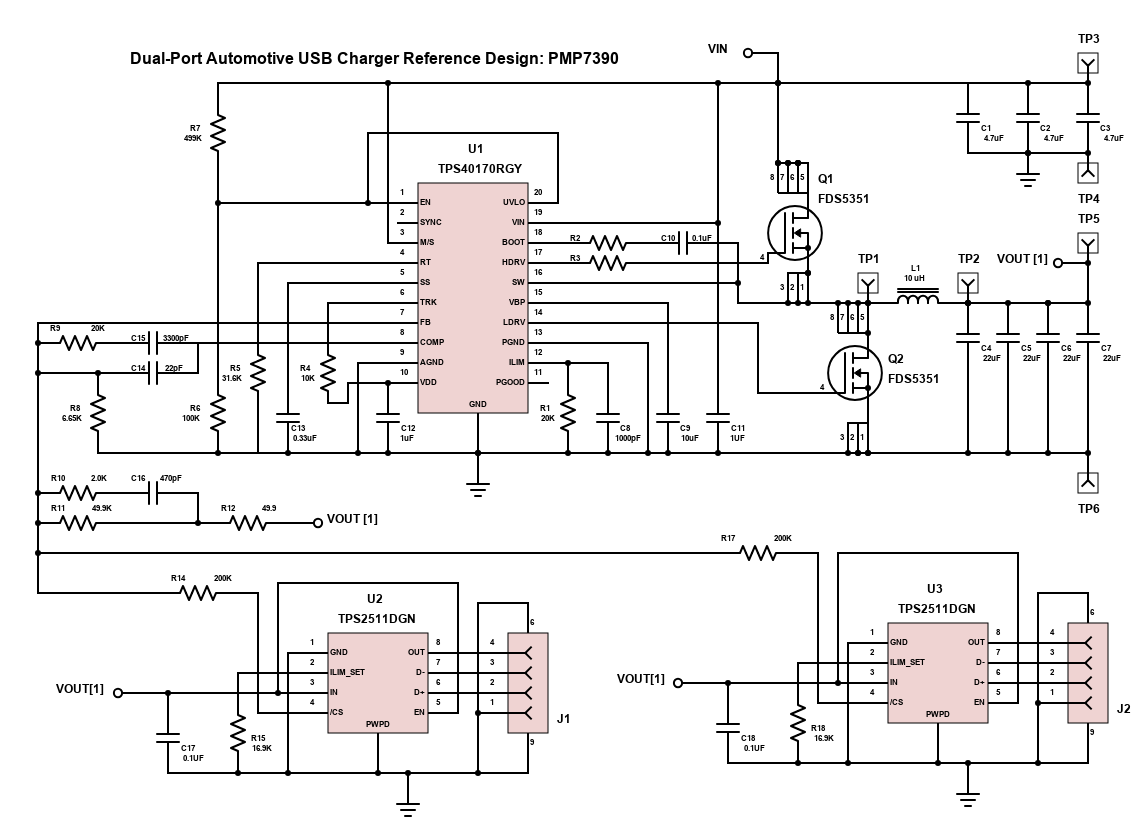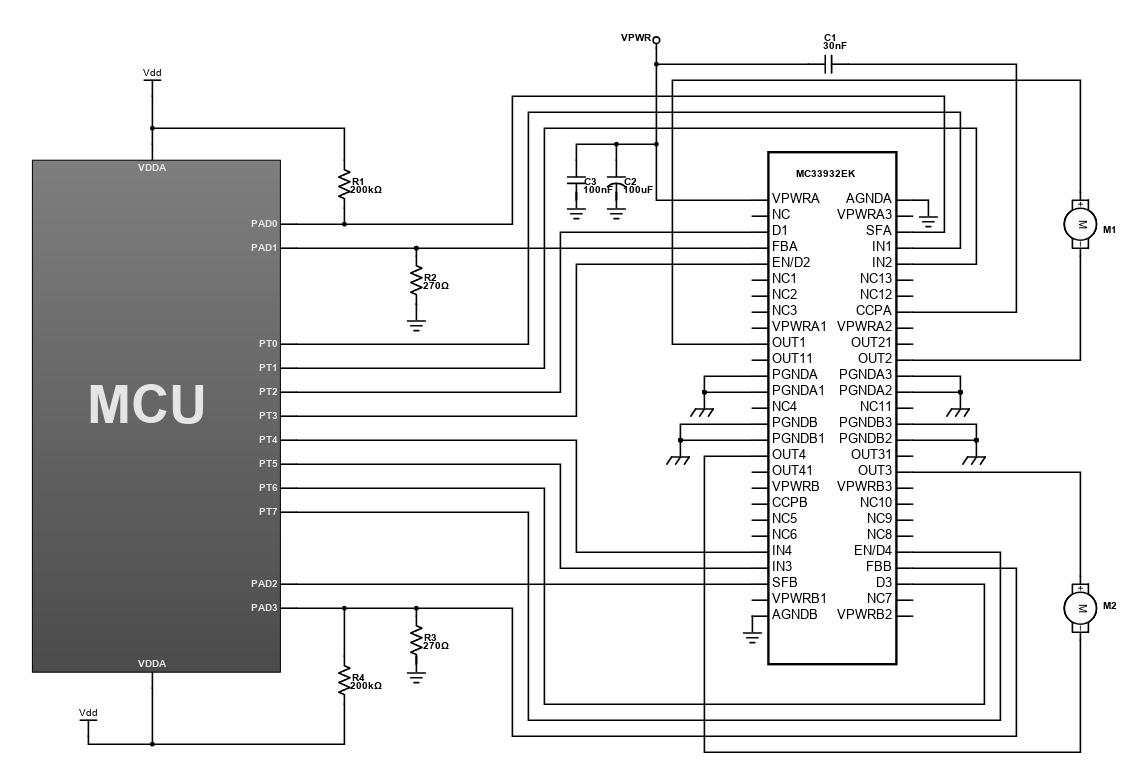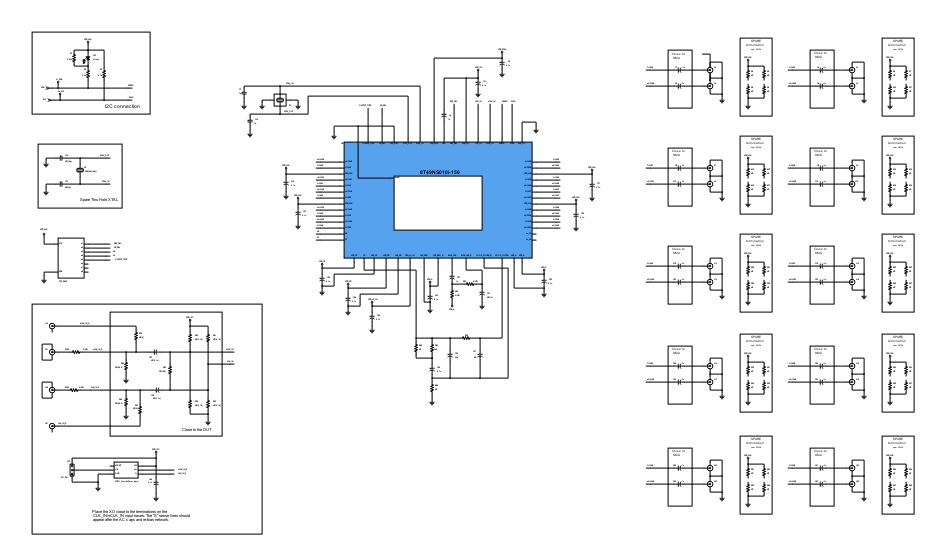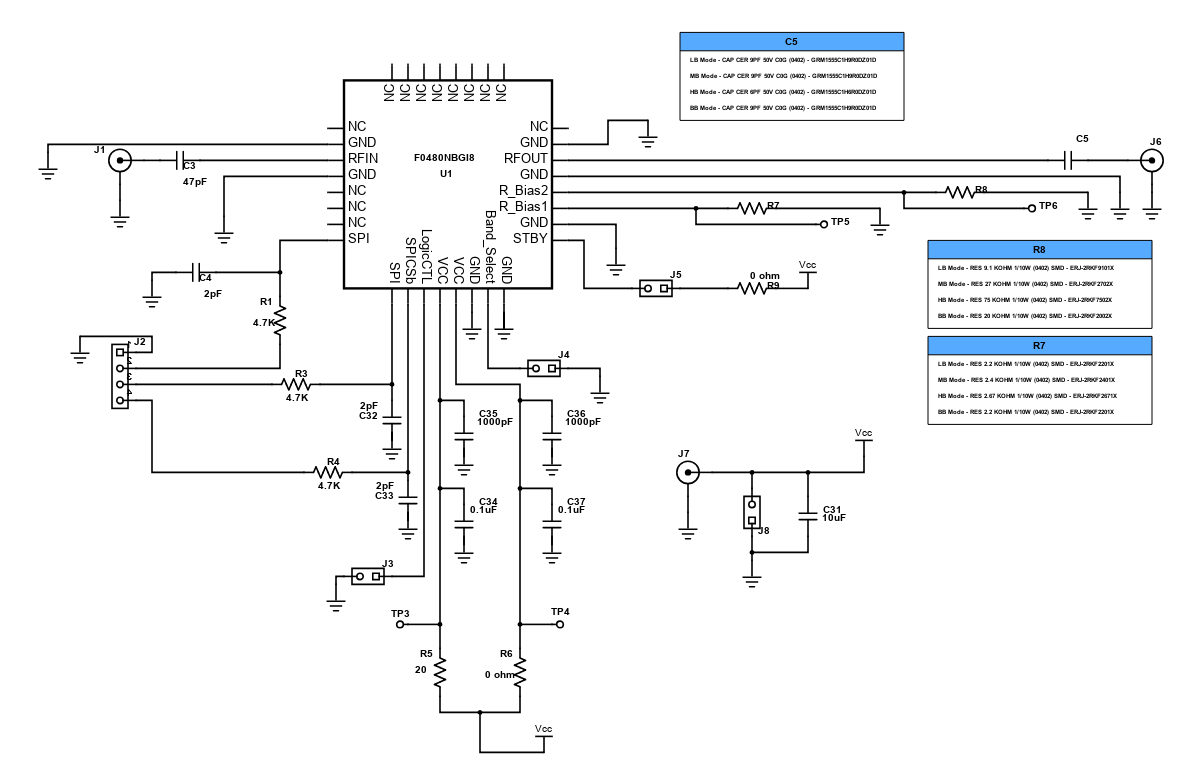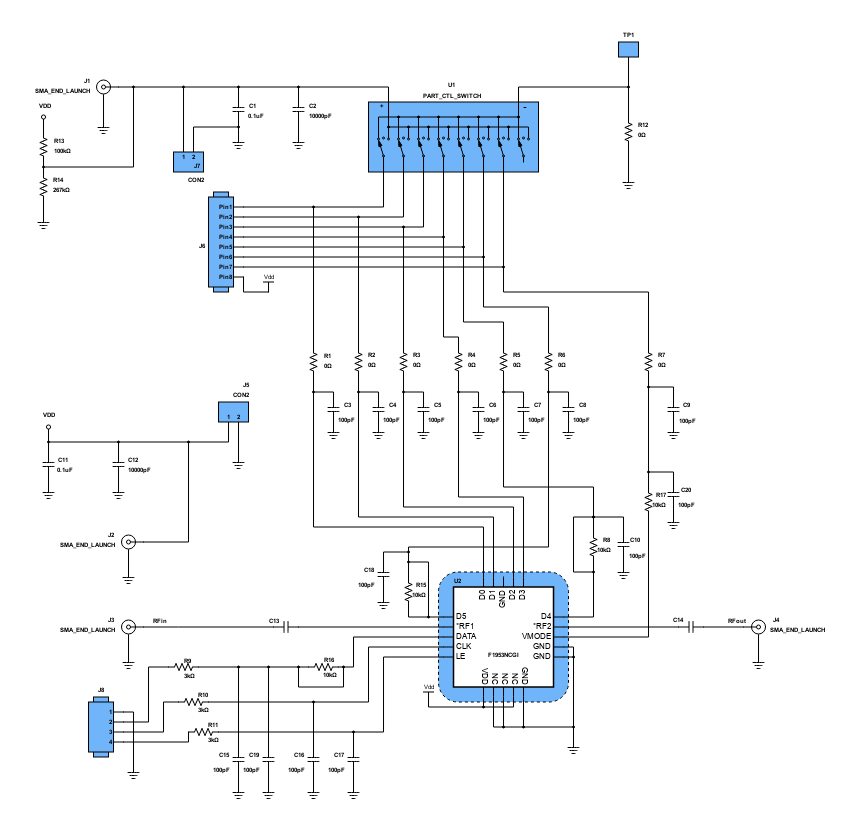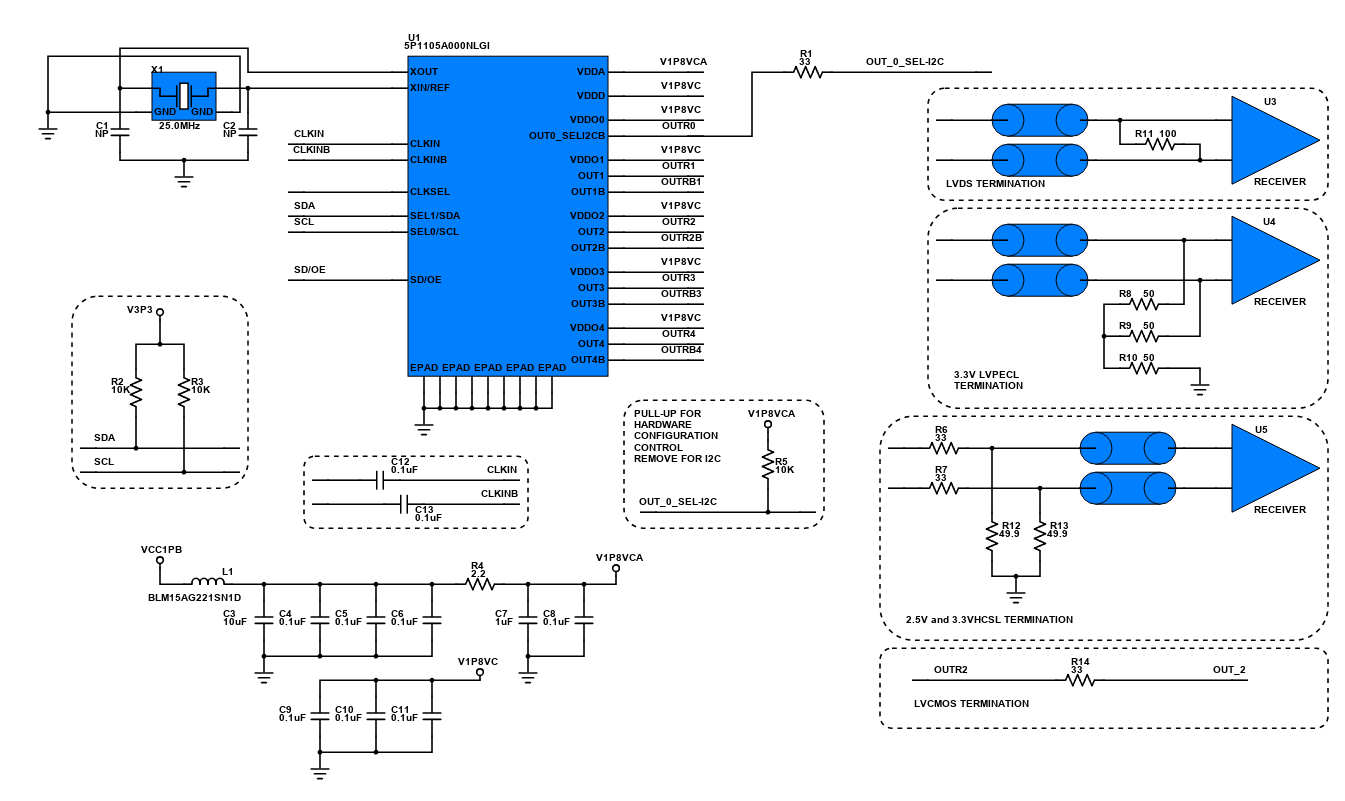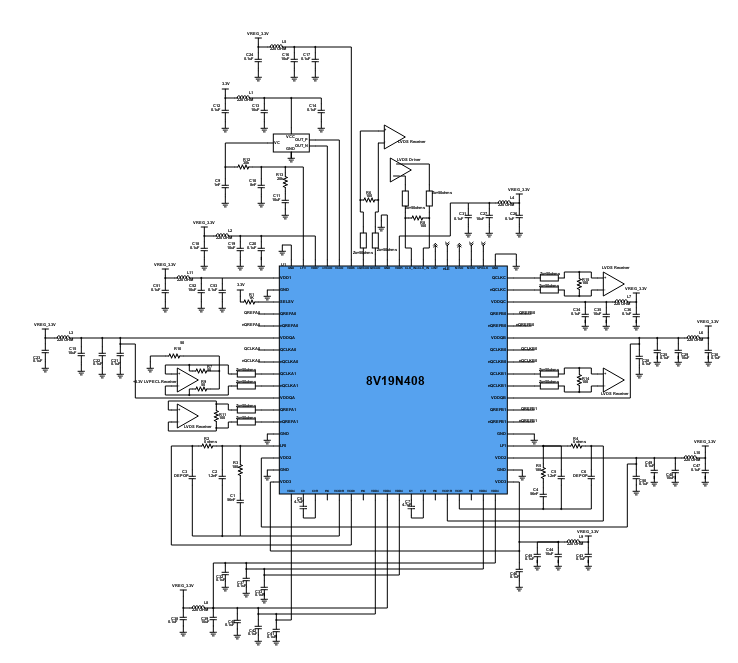Scheme-it
Introduction


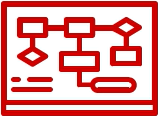
Projects
Design Starters help give you a running start for your next design. Whether you are looking to begin a wireless charging platform or quickly design around a Bluetooth Low Energy module, our Design Starters will help get you quickly on your way.
Digi-Key has worked with industry leaders to help drive almost instantaneous ideation and these starters are ideal building blocks to help get your concepts created, drawn and documented in almost no time at all.This reference design is comprised of Atmel's promising ATZB-X0-256-3-0-C ZigBit MCU which is an ultra compact, low power and high sensitivity module. Based on a solid combination of the latest Atmel MCU Wireless hardware platform, 2.4GHz ISM band transceiver and Atmel Studio Wireless Composer - the ZigBit offers an unmatched combination of superior radio performance, ultra-low power consumption and exceptional ease of integration.
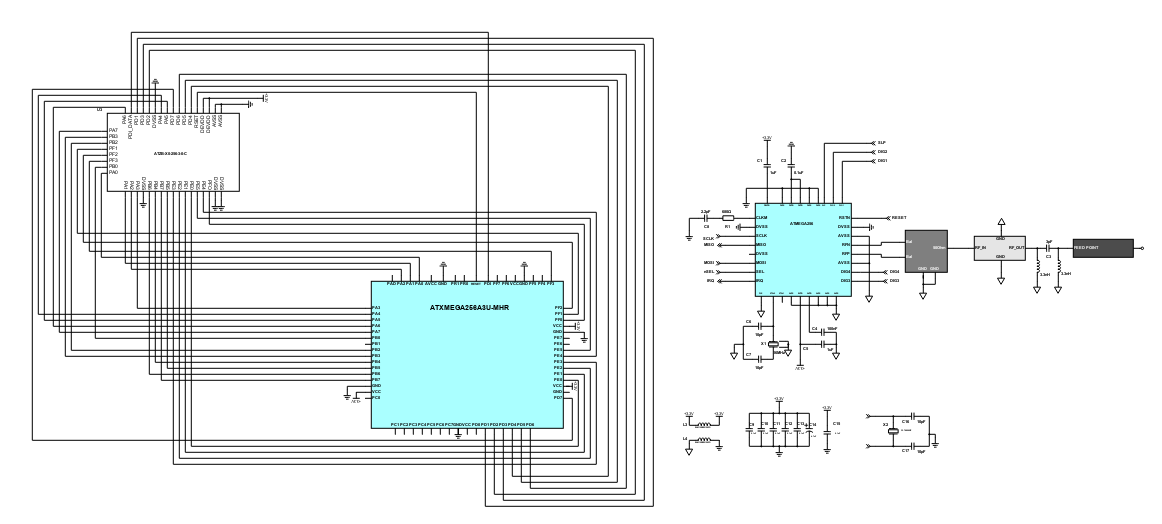
This system is designed to allow school teachers track children's interactions using ATmega256RFR2-ZF RF microcontroller. For this design, children are equipped with tags and stations are installed in key locations, which will be able to detect when a child is nearby. Also, a web application will be provided for the parents to remotely monitor the activities of their kid in school.
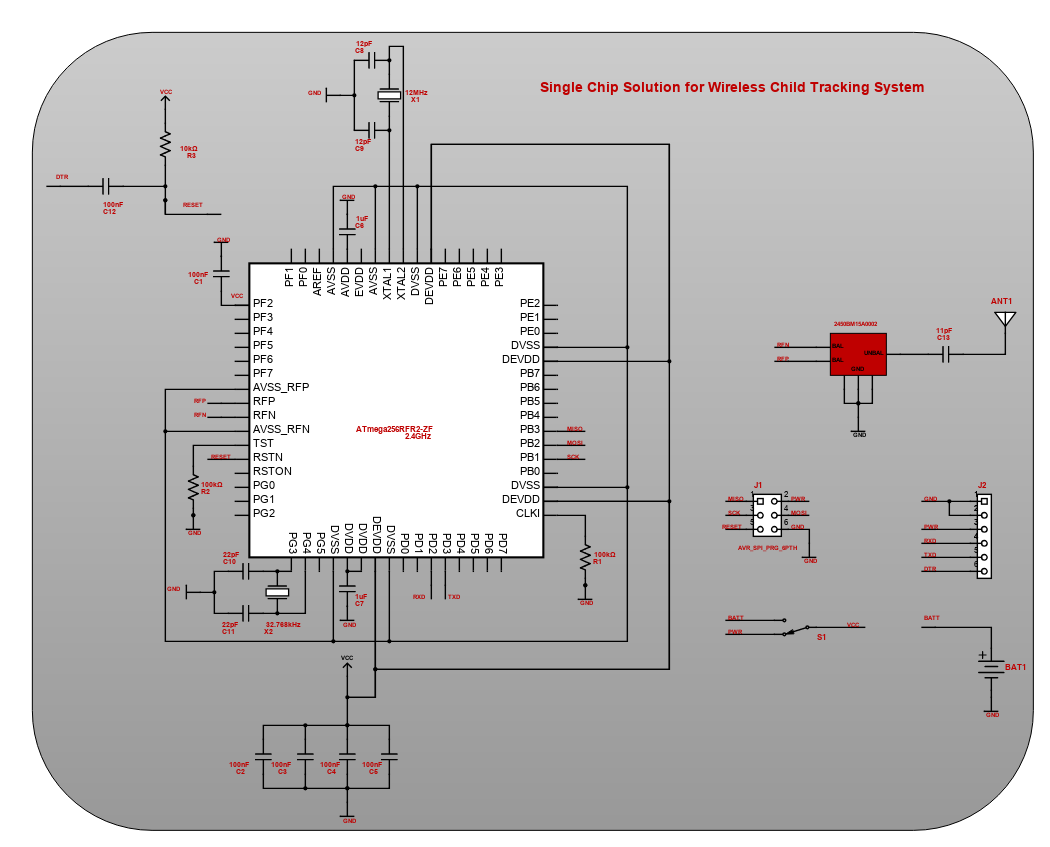
The Institute of Electrical and Electronics Engineers 802.15.4 standard (IEEE 802.15.4) is the basis of ZigBee specification. It operates on the operates in unlicensed bands including 2.4GHz, 900MHz and 868MHz. Its transmission distance ranges from 10-100 meters line-of-sight (LOS) due to its low power consumption. The specification is a packet-based radio protocol intended for low-cost, battery-operated devices. The protocol allows devices to communicate in a variety of network topologies and can have battery life lasting several years.
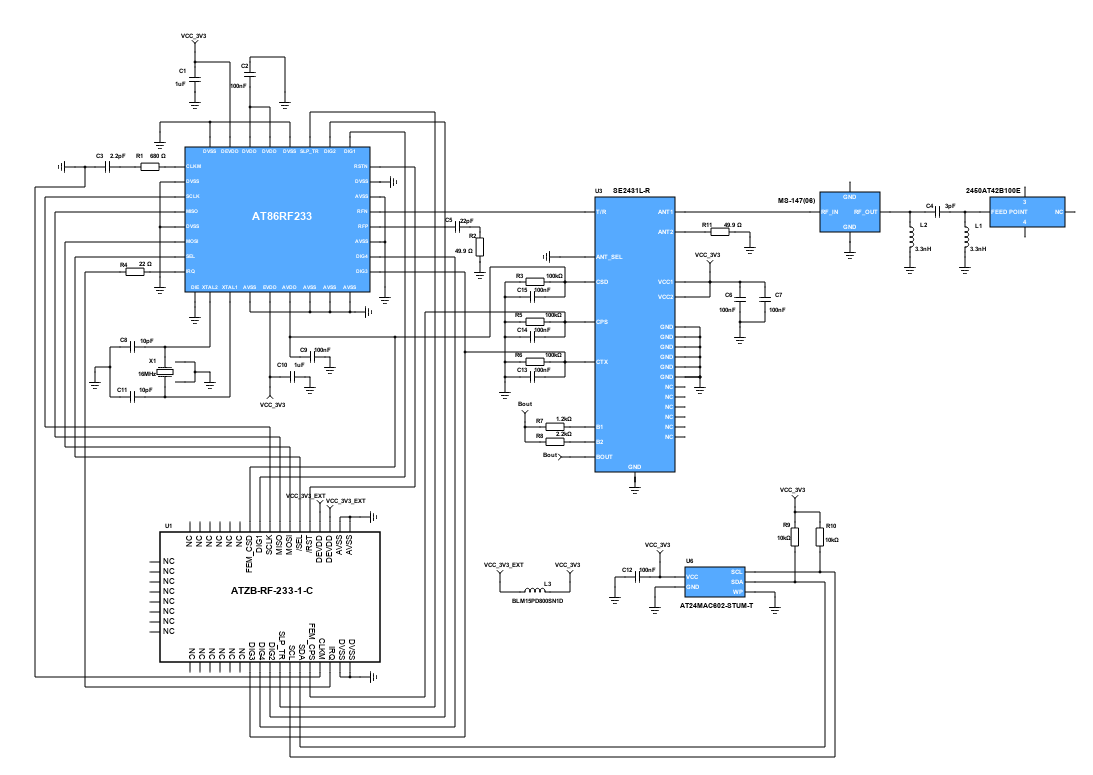
The circuit shown features the ATZB-S1-256-3-0-U Zigbit module used in a simple border router. A border router is a device used to pass data from a lowpan (Low power Personal Area Network) to an ordinary network.This device must support at least two network interfaces for it to do its function, 802.15.4 for the lowpan, and 802.3 or 802.11 for the uplink.
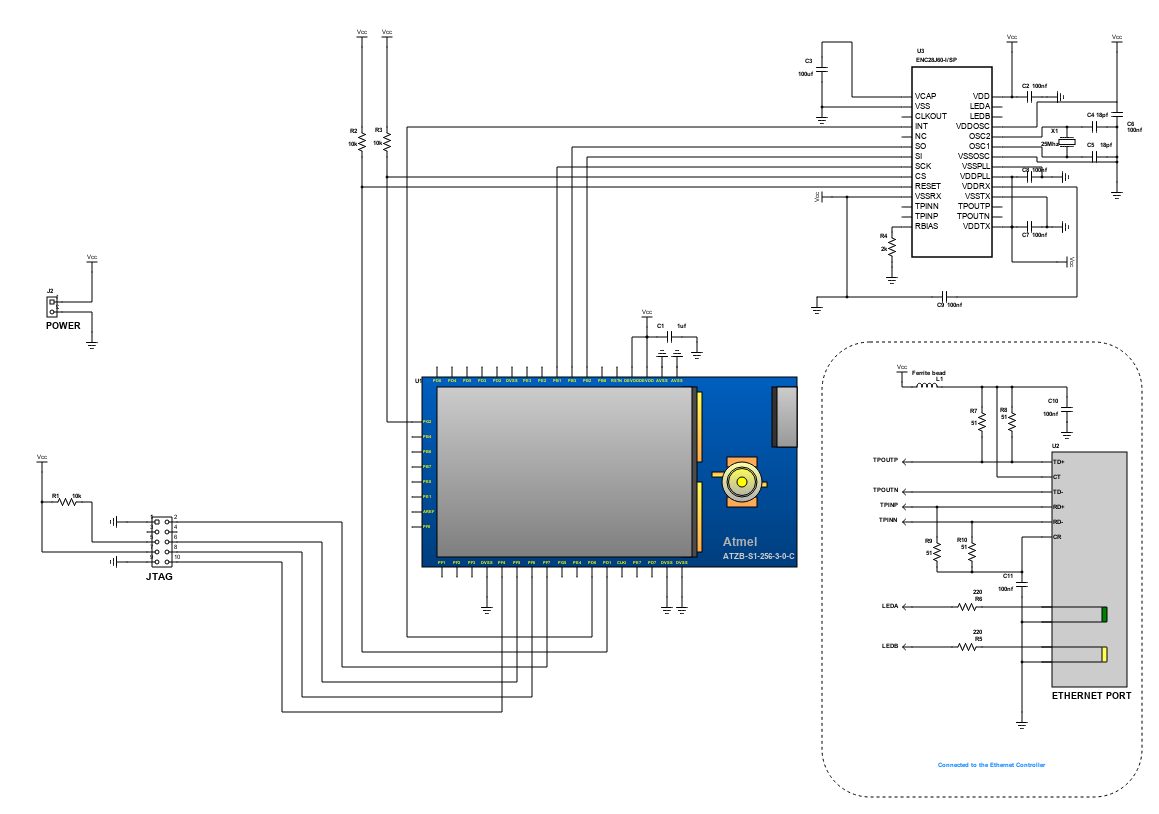
This RF Module is a 900MHz wireless transceiver that is usually implemented for monitoring and control systems, it features a 256kB in-system self-programmable flash memory, a 16kB Static random-access memory, and a 4kB electrically erasable programmable read-only memory. This module uses the ATxmega256A3U microcontroller and AT86RF212B 700/800/900MHz industrial, scientific and medical (ISM) band transceiver. The radio transceiver provides high data rates from 20kb/s up to 1Mb/s, frame handling, outstanding receiver sensitivity and high transmit output power enabling a very robust wireless communication.
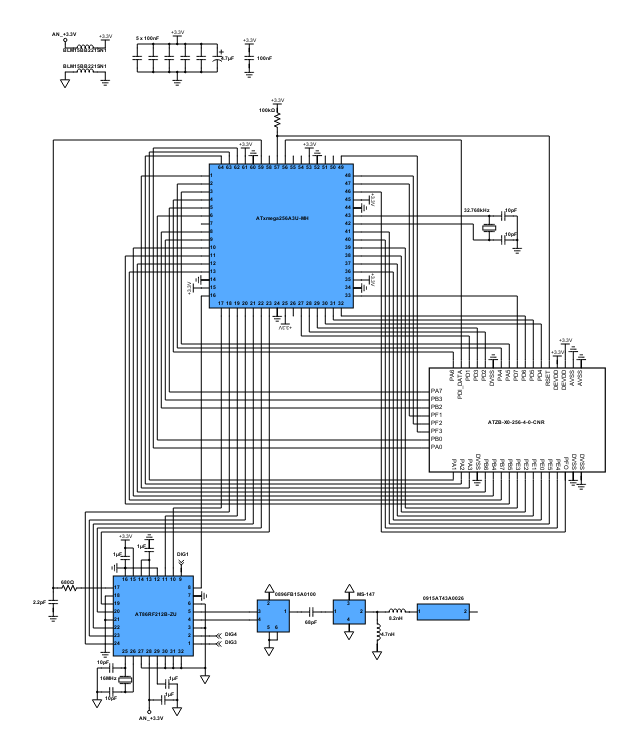
This reference design comprised of Atmel's pro ATZB-RF-212B-0-CN MCU wireless hardware platform is a compact, low-power and high sensitivity device that ensures stable connectivity within a large coverage area. The module contains a complete RF design with all the necessary passive components included that can be easily mounted on a PCB with minimum external connection. In addition, this can operate as a sensor node, where it can be paired with host processor driving the module over a serial interface.
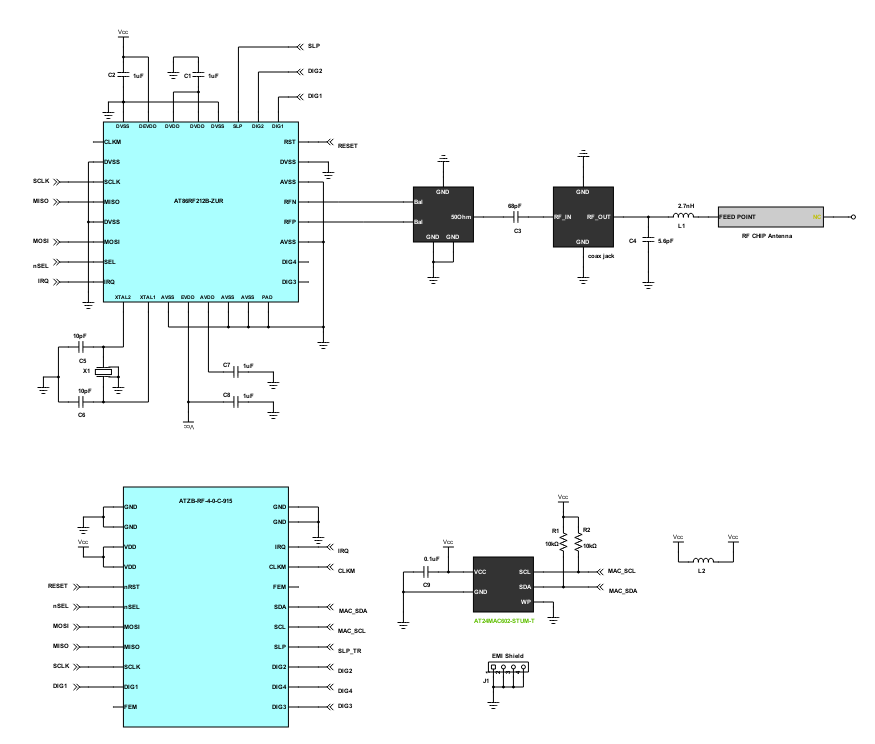
The IEEE 802.15.4 standard is the fourth task group of the IEEE 802.15 working group, which defines Wireless Personal Area Network (WPAN) standards. The IEEE 802.15.4 market has the following advantages; low power consumption, low cost, low offered message throughput, supports large network orders up to 65k nodes, low to no QoS guarantees, and flexible protocol design suitable for many applications. The purpose for this standard is to empower simple devices with a reliable, robust wireless technology that could last for years on standard primary batteries. It is designed to allow developers to effectively use and benefit from radios based upon the standard.
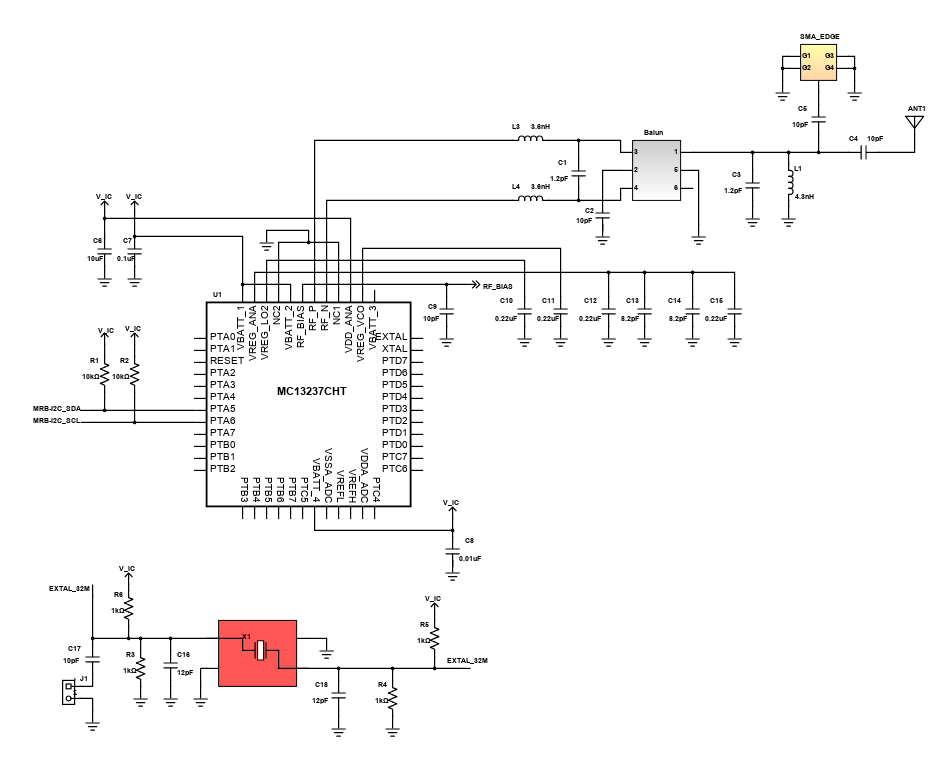
In vehicles, tires need proper inflation so that it will be comfortable, safe and fuel efficient in driving. Many drivers took for granted the proper inflation of tires; risk driving with improperly inflated tires. An example of this is a car that has a proper inflation pressure in a high altitude location will be under-inflated when it is driving in a lower altitude. Similarly, a tire with a proper inflation pressure in lower altitude will be over-inflated when driving in higher altitude. The use of the Tire Pressure Monitoring Systems (TPMS) helps drivers with precise tire pressure measurement by providing individual tire readings. The Freescale's FXTH870s family of tire pressure monitoring sensors provides the lowest transmitting power consumption, largest customer memory size and unique dual-axis accelerometer architecture.
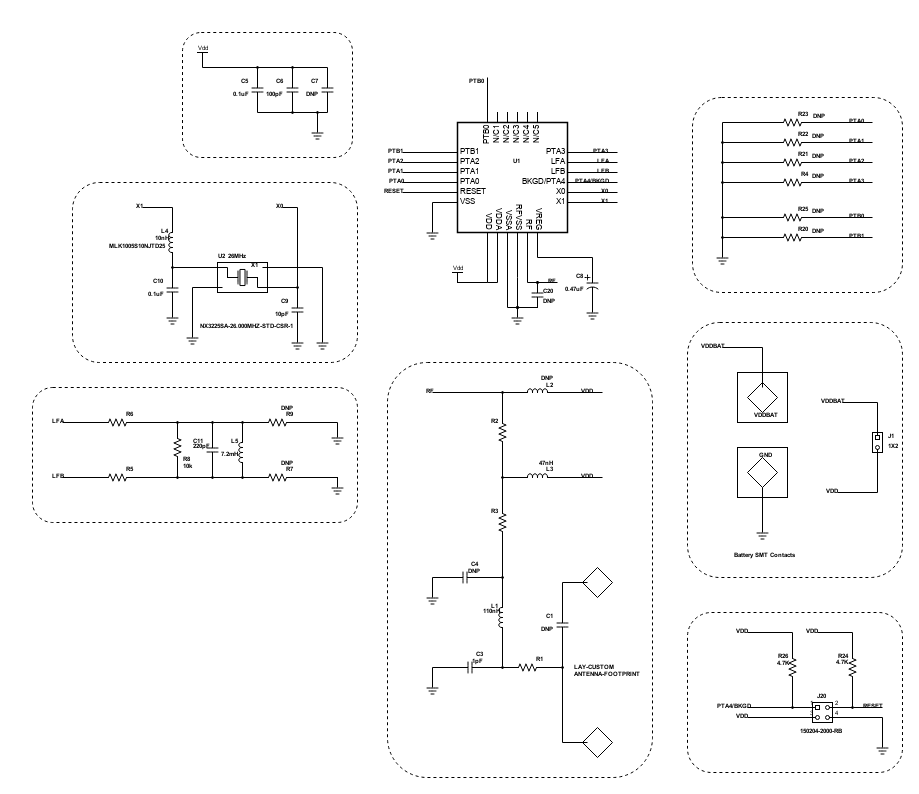
The reference design as shown is an altitude pressure experimental (APEX) sensor board. The APEX primarily functions as pressure sensor with a lot of applications. These include an altimeter and barometer. Altimetry utilizes absolute pressure sensors. An absolute sensor measures the deflection of the surrounding barometric pressure with reference to a known pressure (usually a vacuum). This allows it to compare the air pressure at sea level (101.3kPa) to the vacuum to gain an absolute pressure result. At a different elevation, the barometric (surrounding) pressure can be compared again to the vacuum for that absolute pressure result. Since both readings were taken against the same reference, they can be compared against each other. Barometric pressure does not have a linear relationship with altitude. As altitude increases, the pressure decreases.

Digital barometer is a scientific instrument that measures atmospheric pressure. It effectively measures subtle pressure changes caused by weather such as this evaluation board that specifically uses the Freescale's MPL115A which digital I2C output targeting low cost commercial applications. The device employs a MEMS PRT pressure sensor with a conditioning IC to provide accurate pressure data. The sensor output is accurate to ±1 kPa over the 50 kPa to 115 kPa pressure range. An integrated ADC provides digitized temperature and pressure sensor outputs via an I2C or SPI bus.
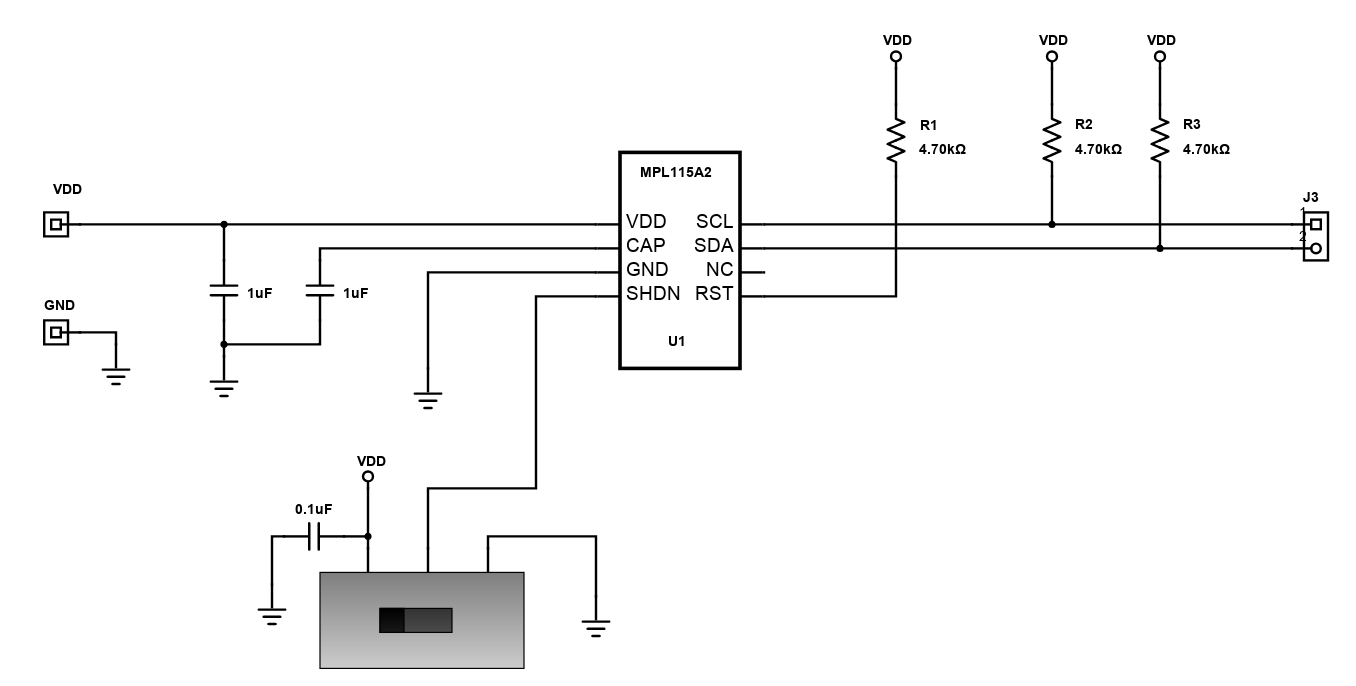
Introduction



Help & Resources

Go to Calculators
Go to Calculators

Go to Reference Design Library
Go to Reference Design Library
Please type 'DELETE' (without quotes) to the below box to confirm the deletion:
